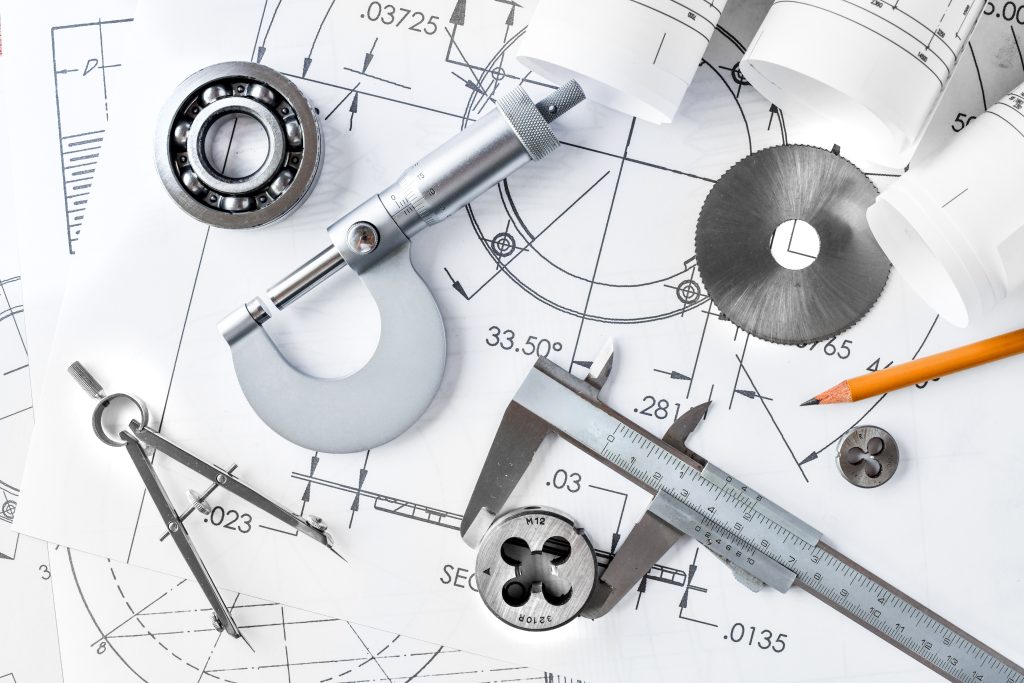Optimize Your Development Process: Engineering Support for Setting Out, Determined Structure Surveying, and Beyond
Optimize Your Development Process: Engineering Support for Setting Out, Determined Structure Surveying, and Beyond
Blog Article
Optimizing Land Use Planning With Comprehensive Checking Solutions
In the world of land use planning, the combination of thorough surveying options stands as an essential tool in fostering notified decision-making and lasting development methods. By harnessing sophisticated innovations customized for specific data collection and analysis, professionals in the field can browse intricacies in website identification, resource allowance, and environmental factors to consider with improved precision and performance (measured building surveying). The optimization of land use preparing via evaluating remedies is not without its obstacles, motivating the expedition of cutting-edge strategies to enhance processes and extract valuable understandings for critical growth initiatives. As we delve much deeper right into the complex web of factors affecting land use, the relevance of detailed evaluating options emerges as a cornerstone in forming the landscapes of tomorrow.
Value of Comprehensive Surveying Solutions

Comprehensive evaluating solutions allow coordinators to assess the viability of land for numerous purposes, identify potential risks or restraints, and design sustainable advancement strategies - setting out engineer services. By including accurate survey information right into land use strategies, authorities can make certain efficient use sources, reduce ecological influence, and advertise long-term economic growth
Moreover, thorough surveying services assist in stakeholder involvement and cooperation by visualizing proposed land use modifications and enabling feedback before implementation. This positive technique improves openness, promotes community trust, and eventually results in a lot more effective land use planning end results. In essence, the significance of extensive checking options can not be overstated in the realm of effective land use preparation.
Advanced Technologies for Land Usage Planning
Using innovative innovations improves the precision and efficiency of land use planning processes. Advanced innovations such as Geographic Info Systems (GIS), LiDAR (Light Detection and Ranging), and remote picking up play an essential function in modern-day land usage planning. Topographical Surveying. GIS enables planners to evaluate spatial data, recognize patterns, and make educated decisions regarding land growth. LiDAR innovation offers highly accurate altitude data, assisting in surface modeling and flood threat analysis. Remote noticing, with drones and satellites, provides thorough images for keeping track of land changes and analyzing ecological effects.
Moreover, Building Details Modeling (BIM) allows organizers to create 3D designs of structures and infrastructure, facilitating better visualization and preparation of land usage projects. Fabricated Intelligence (AI) formulas can analyze substantial amounts of data to anticipate future land usage fads and enhance planning methods. Additionally, progressed evaluating equipment like drones geared up with high-resolution electronic cameras and LiDAR sensors can rapidly check large locations with accuracy, reducing time and costs connected with typical surveying methods. Integrating these innovative technologies into land use planning processes can cause even more sustainable and efficient city development.
Conquering Difficulties in Site Identification

In addition, conflicting passions amongst stakeholders, such as designers, environmentalists, and neighborhood neighborhoods, can complicate the website identification process. To browse this challenge, organizers need to facilitate open interaction, collaboration, and arrangement to reach agreement on the most effective land use methods that align with the requirements of all parties included.
Furthermore, regulative obstacles, zoning restrictions, and land make use of plans can likewise restrain the site recognition procedure. Planners require to stay upgraded on relevant laws, engage with local authorities, and perform thorough research to identify sites that satisfy all lawful requirements and conformity requirements. By proactively resolving these difficulties, land use coordinators can simplify the site identification procedure and lead the way for effective land use preparation efforts.
Optimizing Efficiency With Checking Strategies
Browsing the complexities of site identification processes efficiently lays a structure for maximizing efficiency through tactical evaluating techniques in land usage planning. By utilizing advanced surveying tools such as drones, GIS innovation, and 3D laser scanning, land use coordinators can improve the data collection process, resulting in more precise website evaluations and streamlined decision-making. These techniques allow organizers to collect precise topographic information, identify ecological restrictions, and examine land viability with higher speed and accuracy than conventional methods.
Additionally, integrating evaluating strategies with Geographic Details Solution (GIS) enables for the efficient analysis and visualization of spatial information, assisting in the recognition of ideal land use situations. By leveraging these tools, planners can maximize land usage preparing processes, minimize task timelines, and minimize overall costs. In addition, using real-time surveying data enables stakeholders to make enlightened decisions promptly, helping with effective communication and cooperation throughout the planning and development stages. In general, the strategic use checking techniques enhances efficiency, precision, and collaboration in land usage planning campaigns.
Decision-Making Insights for Development
For reliable development, getting valuable understandings for decision-making is essential in check my site the world of land use preparation. Decision-making understandings play a crucial duty in shaping the future of country and city areas, ensuring sustainable development and effective resource allocation. Comprehensive evaluating solutions supply organizers and designers with the essential data to make educated choices that straighten with the long-term goals of a neighborhood.
By leveraging sophisticated evaluating methods such as airborne surveys, GIS mapping, and 3D modeling, stakeholders can imagine the prospective effect of growth tasks and assess various circumstances prior to execution. These understandings make it possible for decision-makers to optimize land use, minimize environmental risks, and improve general project feasibility.
Furthermore, data-driven decision-making supported by checking options assists enhance the preparation procedure, minimize unpredictabilities, and rise stakeholder self-confidence. By including exact study information into the decision-making process, designers can determine possibilities, minimize obstacles, and inevitably produce sustainable land use plans that advantage both future and existing generations. To conclude, decision-making understandings stemmed from detailed checking services are vital for driving successful and impactful advancement efforts.
Conclusion
In conclusion, maximizing land use preparation with detailed surveying solutions is important for efficient and effective a knockout post growth. By using innovative innovations and surveying methods, obstacles in website identification can be gotten rid of, bring about better decision-making understandings. This strategy optimizes effectiveness and guarantees that land sources are made use of in a sustainable and strategic manner. It is necessary for successful land use planning and growth projects.
In the realm of land usage planning, the combination of thorough evaluating solutions stands as a critical tool in promoting educated decision-making and lasting advancement techniques. In significance, the importance of comprehensive surveying services can not be overstated in the realm of efficient land use planning.
By proactively addressing these challenges, land use planners can streamline the site identification process and lead the means for reliable land usage planning initiatives.
Overall, the tactical use of surveying strategies boosts performance, precision, and partnership in land use preparation efforts.
In final thought, enhancing land use planning with thorough evaluating options is vital for reliable and effective advancement.
Report this page